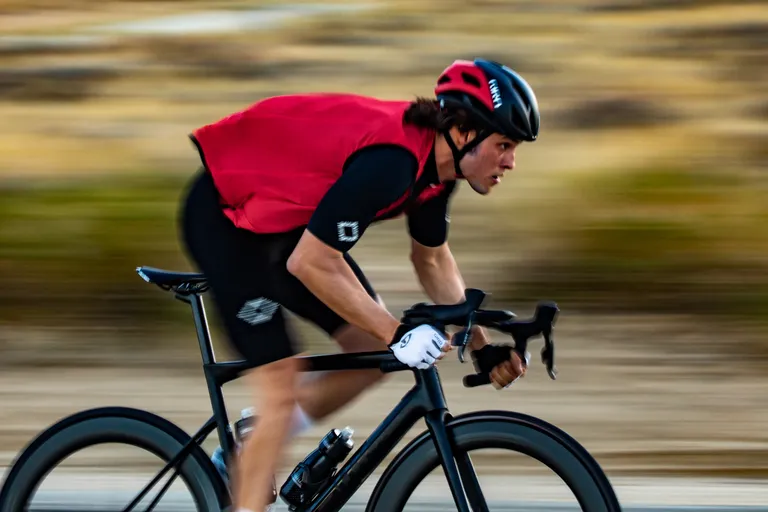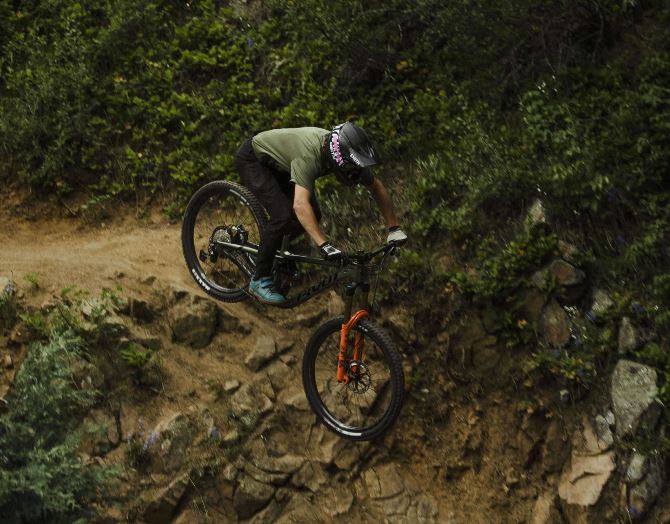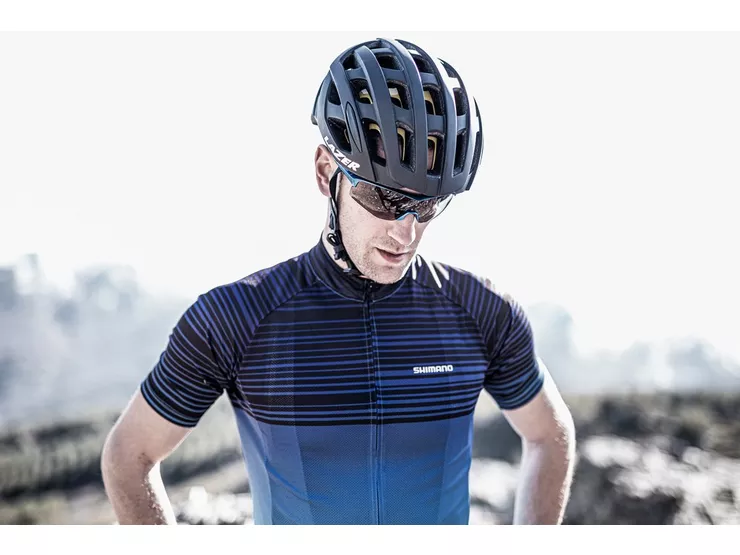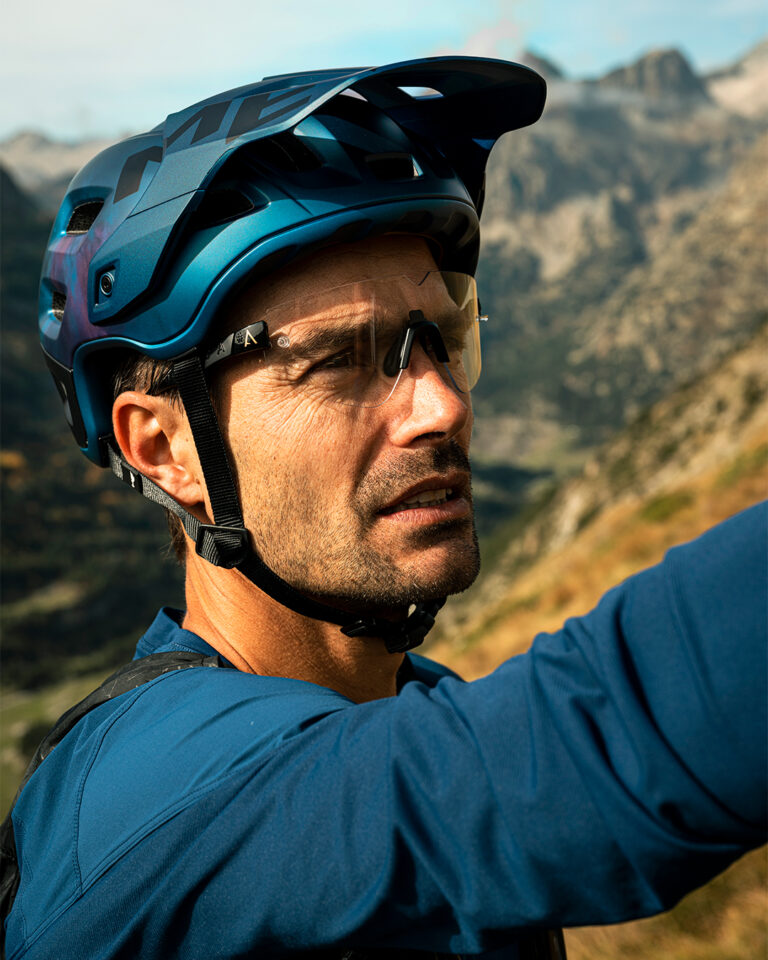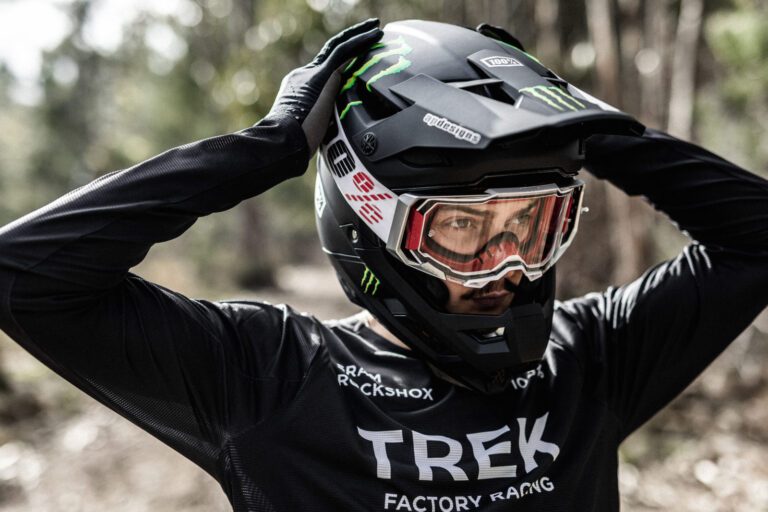Choosing the Right Helmet Size for Road Biking: A Cyclist’s Guide
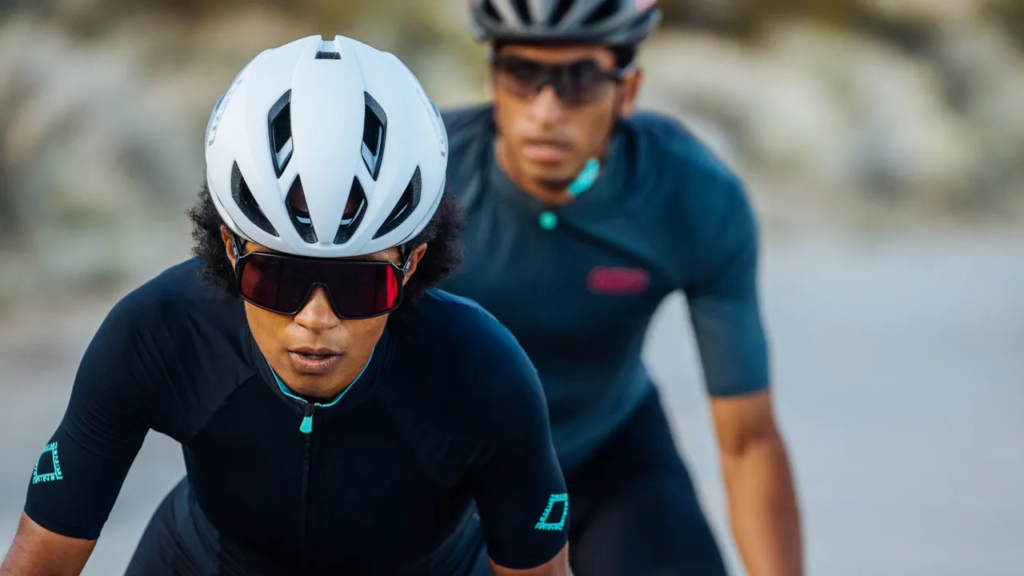
Key Point Summary of Choosing the Right Helmet Size for Road Biking:
- Measuring Your Head for the Perfect Fit: Step-by-step guide on how to measure your head for the correct helmet size.
- Understanding Helmet Fit and Adjustments: Insights into what makes a helmet fit well and how to adjust it for optimal comfort and safety.
- Choosing the Right Model for Your Riding Style: Tips on selecting a helmet that suits your specific cycling discipline, whether it’s road biking, mountain biking, or cyclocross.
As a masters cyclist with a diverse background in racing and riding – from the rugged trails of mountain biking to the structured precision of road cycling – I’ve learned a thing or two about the importance of a well-fitting helmet. Choosing the right helmet size for road biking isn’t just about comfort; it’s about safety, efficiency, and enjoying your ride to the fullest. Here, I’ll share some of my experiences and tips to help you, especially if you’re just starting or have intermediate experience in cycling.
Measuring Your Head for the Perfect Fit
First things first, let’s talk about road helmet sizing. A helmet that’s too tight will be uncomfortable, while one that’s too loose can compromise your safety. To find your size, you’ll need a flexible measuring tape. Wrap it around your head, about an inch above your eyebrows, which is typically the widest part of your head. Record this measurement and compare it with the size chart of the helmet brand you’re interested in. Remember, different brands may have slightly different sizing, so always check before you buy.
I recall my first road race where I borrowed a helmet that was a tad too small. Halfway through the race, the discomfort was unbearable. Lesson learned: always ensure your helmet fits your measurements!
Understanding Helmet Fit and Adjustments
Getting the right size is just the first step. Next is ensuring the helmet fits properly. A good road helmet should sit level on your head, not tilted back or forward. The straps should form a ‘V’ around your ears and fasten snugly under your chin. Many modern helmets come with adjustable dials at the back. This feature is a lifesaver for fine-tuning the fit, especially if you’re between sizes.
During a cyclocross event, I had a helmet that kept sliding back, obstructing my vision. Mid-race adjustments were tricky. Always take the time to adjust your helmet before you head out. It makes a world of difference.
Choosing the Right Model for Your Riding Style
When it comes to cycling gear, particularly helmets, one size doesn’t fit all – figuratively speaking. Different cycling disciplines have different helmet requirements. For road biking, aerodynamics and ventilation are key. Road helmets are typically lighter and have more air vents compared to, say, mountain bike helmets, which are bulkier for added protection.
I remember switching from a mountain bike helmet to a specialized road helmet for my first long road ride. The difference in airflow and weight was immediately noticeable. For road cycling, especially in warmer climates, good ventilation is crucial to keep you cool and comfortable.
Personal Anecdotes and Tips
- Trial and Error: My journey to finding the perfect helmet involved trying on various models. Always try before you buy. Comfort is king.
- Hair Matters: Your hairstyle can affect the fit. I learned this the hard way when I switched from short to longer hair and suddenly my helmet felt tighter.
- Seasonal Considerations: In winter, you might wear a cap under your helmet, so consider this when choosing the size.
Additional Considerations
- Replace After a Crash: If you’ve had a fall, replace your helmet, even if it looks okay. The integrity might be compromised.
- Check for Certifications: Ensure your helmet meets safety standards like CPSC or EN-1078.
- Budget Wisely: More expensive doesn’t always mean better, but don’t compromise on safety features for price.
When looking for a road bike helmet that meets safety standards like CPSC (Consumer Product Safety Commission) or EN-1078, it’s important to choose from reputable brands that emphasize safety in their designs. Here’s a list of some popular helmets that are known to meet these safety certifications:
- Giro Aether MIPS: Offers MIPS technology and meets CPSC and EN-1078 standards.
- Kask Protone: Known for its comfort and style, and it complies with CPSC and EN-1078 standards.
- Smith Optics Overtake: Features Koroyd technology for enhanced protection and meets CPSC and EN-1078 safety criteria.
- Bontrager XXX WaveCel: Features WaveCel technology for advanced impact protection and meets CPSC and EN-1078 standards.
- Met Manta: Known for its lightweight and aerodynamic design, adhering to CPSC and EN-1078 safety requirements.
Each of these helmets offers a unique combination of safety, comfort, and performance features, ensuring a wide range of options to suit various preferences and riding styles. Remember to always ensure a proper fit for maximum safety and comfort.
FAQ
How should a road bike helmet fit?
A road bike helmet should fit snugly but comfortably on your head, without wobbling or pressing too hard. It should sit level on your head (not tilted back), with the front rim about an inch above your eyebrows. The straps should form a ‘V’ shape around your ears and buckle securely under your chin without being too tight. An adjustable dial at the back can help fine-tune the fit. Here’s a visual guide from Global Cycling Network to help you understand it better.
What age is a 54 58 cm helmet for?
A 54-58 cm helmet is typically suitable for teenagers and adults. This size range generally fits older children, adolescents, and smaller-headed adults. However, it’s important to note that head size, rather than age, is the key factor in determining the correct helmet size.
How do I choose the right size helmet?
To choose the right size helmet, measure the circumference of your head just above your eyebrows using a flexible measuring tape. Compare this measurement to the size chart provided by the helmet manufacturer. Ensure the helmet fits snugly but comfortably, sits level on your head, and the straps form a ‘V’ around your ears, buckling securely under your chin.
Concluding Thoughts
Selecting the right size and style of helmet for road biking is a critical step in your cycling journey. As a rider with years of experience across different biking disciplines, I can’t stress enough the importance of a helmet that fits well and suits your style of riding. It’s not just a safety gear; it’s an integral part of your cycling experience.
So, take your time, do your research, and choose a helmet that ensures you’re safe, comfortable, and ready to enjoy every ride. Remember, in the world of cycling, your helmet is more than an accessory – it’s your lifeline.
Happy and safe riding!
John
